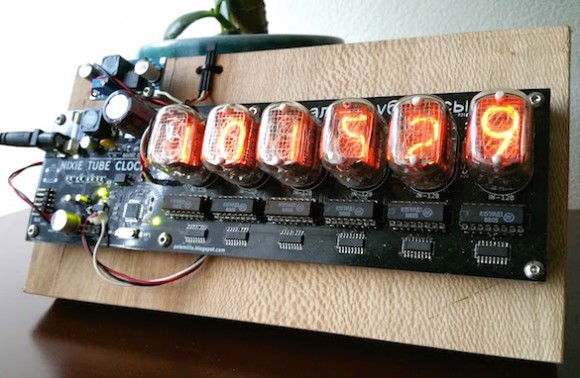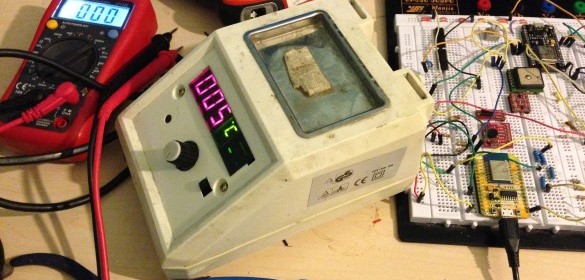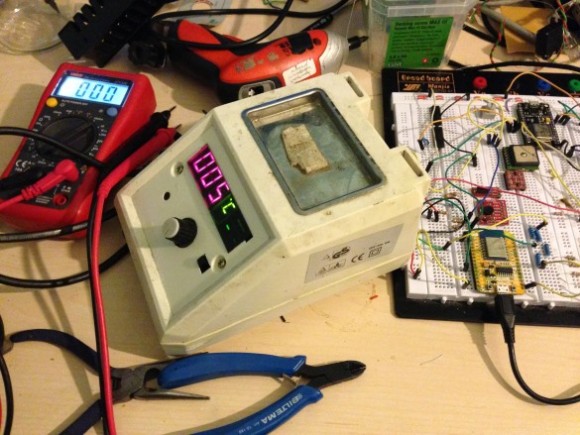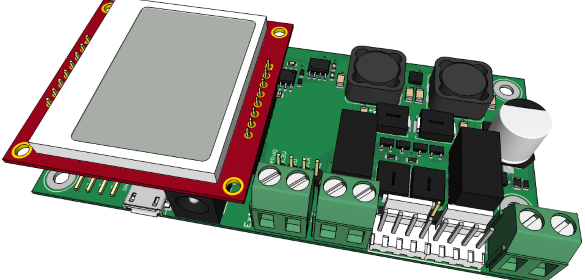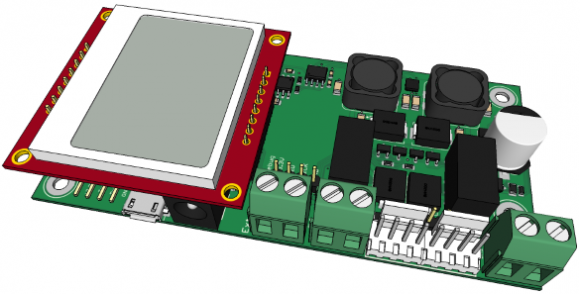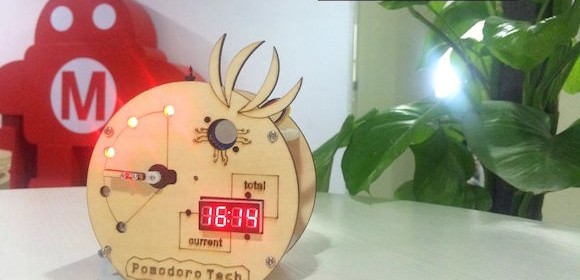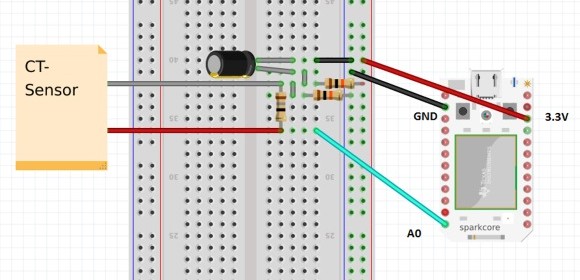Atmega328 driven DIY Nixie clock
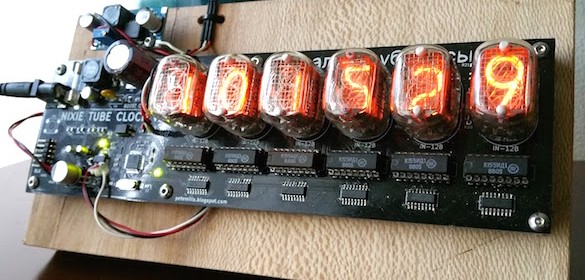
Pete Mills’ has shared his cool-looking DIY Nixie clock design on his personal blog. His design is based on Atmega328 and uses software driven RTC and voltage booster to achieve ~175V DC for Nixie tubes.
Nixie tubes are cool. They have great aesthetic appeal with their difficult-to-photograph, warm orange glow, and dem curvy numerals. They add an organic je ne sais quoi to a hobby with ostensibly digital design cues. Further, they pose technical challenges in the way of producing and switching the ~175 V DC needed to light each tube element. And as far as I am aware, there are no new nixie tubes being produced; as such, procurement can be a challenge unto itself. My N.O.S. nixies came from Russia thru Ebay, and only 3 were duds. Incidentally the seller replaced those 3, FOC.
The strike thru text above results from a tip from +nicholasStock who points out new nixie tubes ae in fact being produced: http://www.daliborfarny.com/ The linked tubes are really impressive from a technical standpoint as well as asthetics. They seem to amplify all of the design cues we love about NOS nixies and the results speak for themselves. Might still be an issue with procurement, however…
